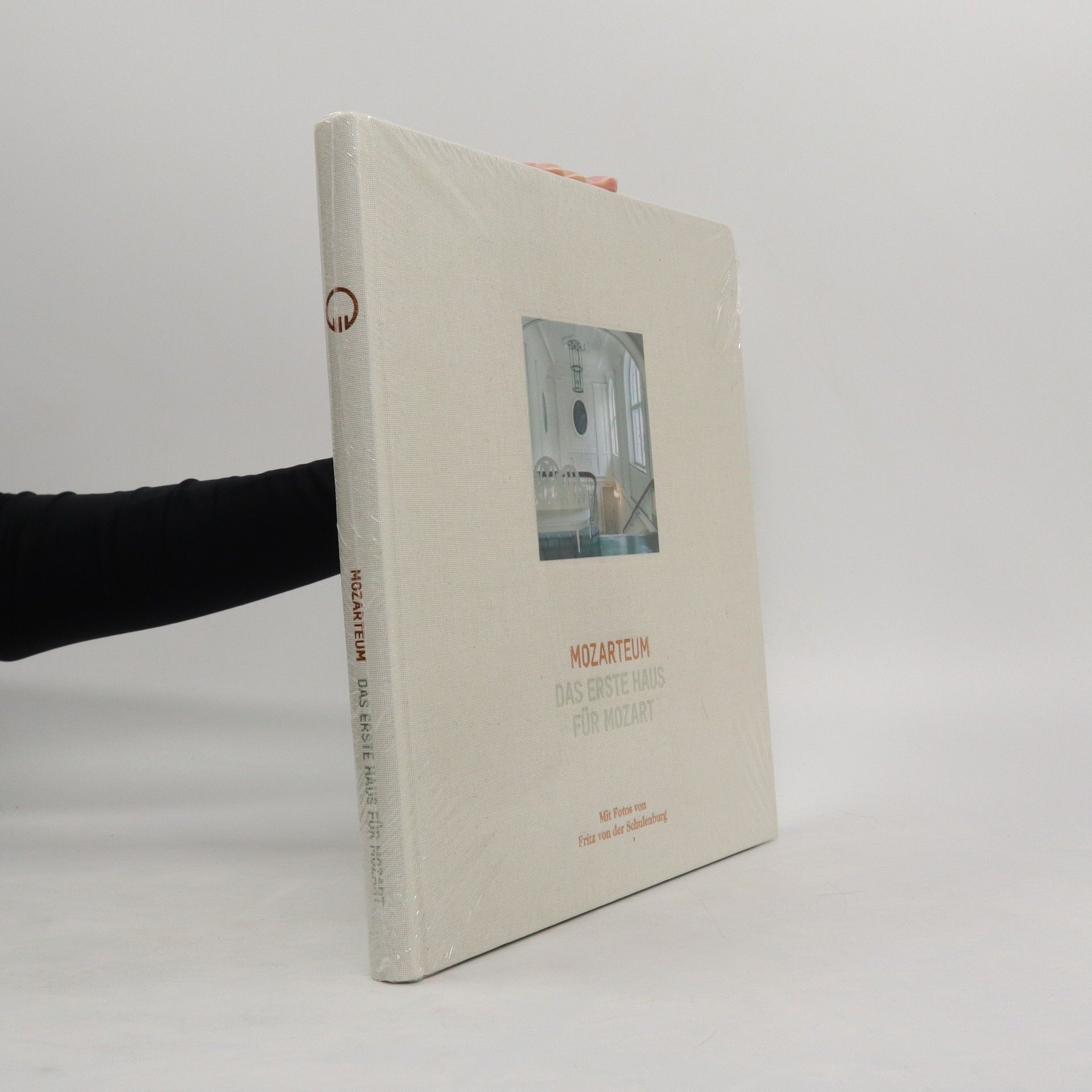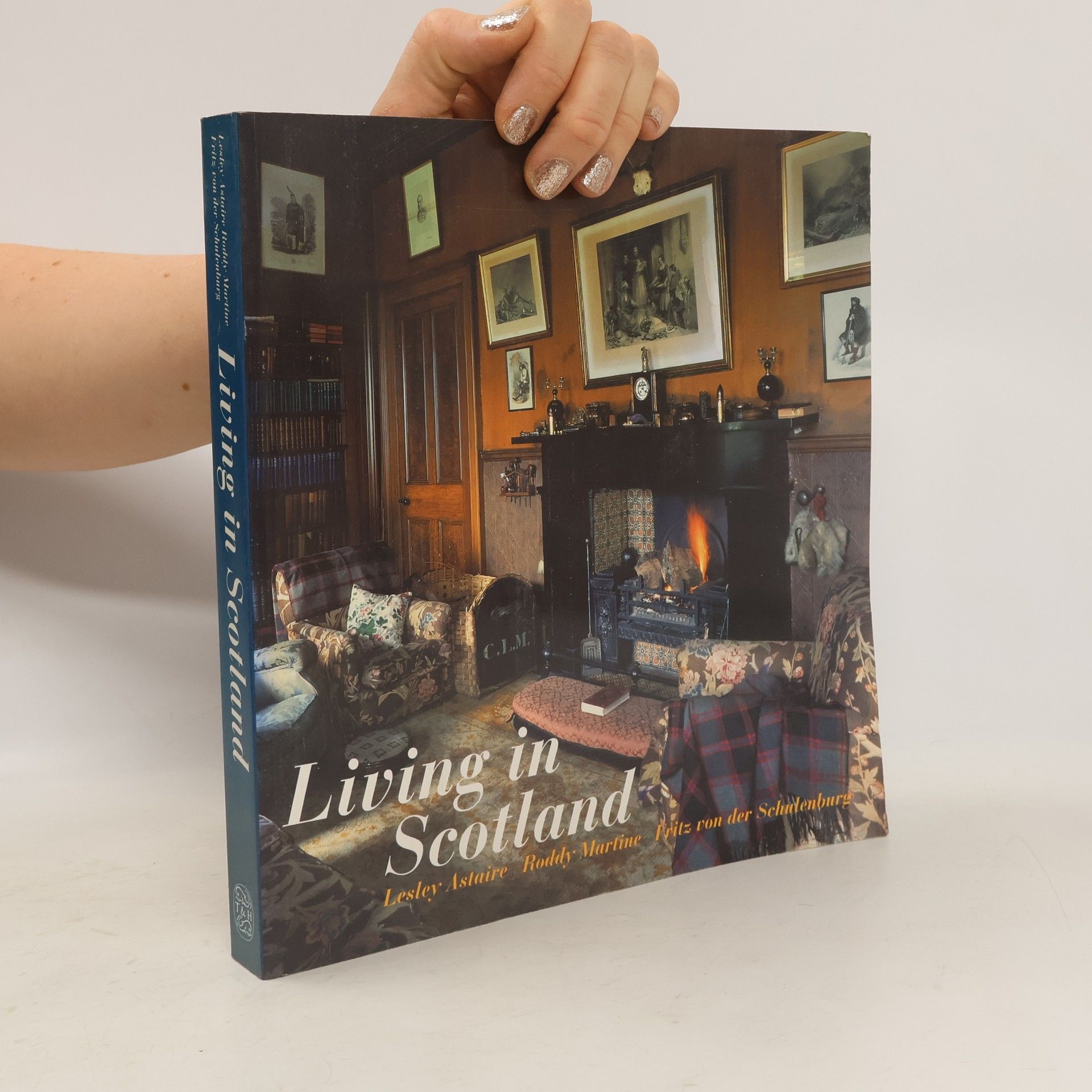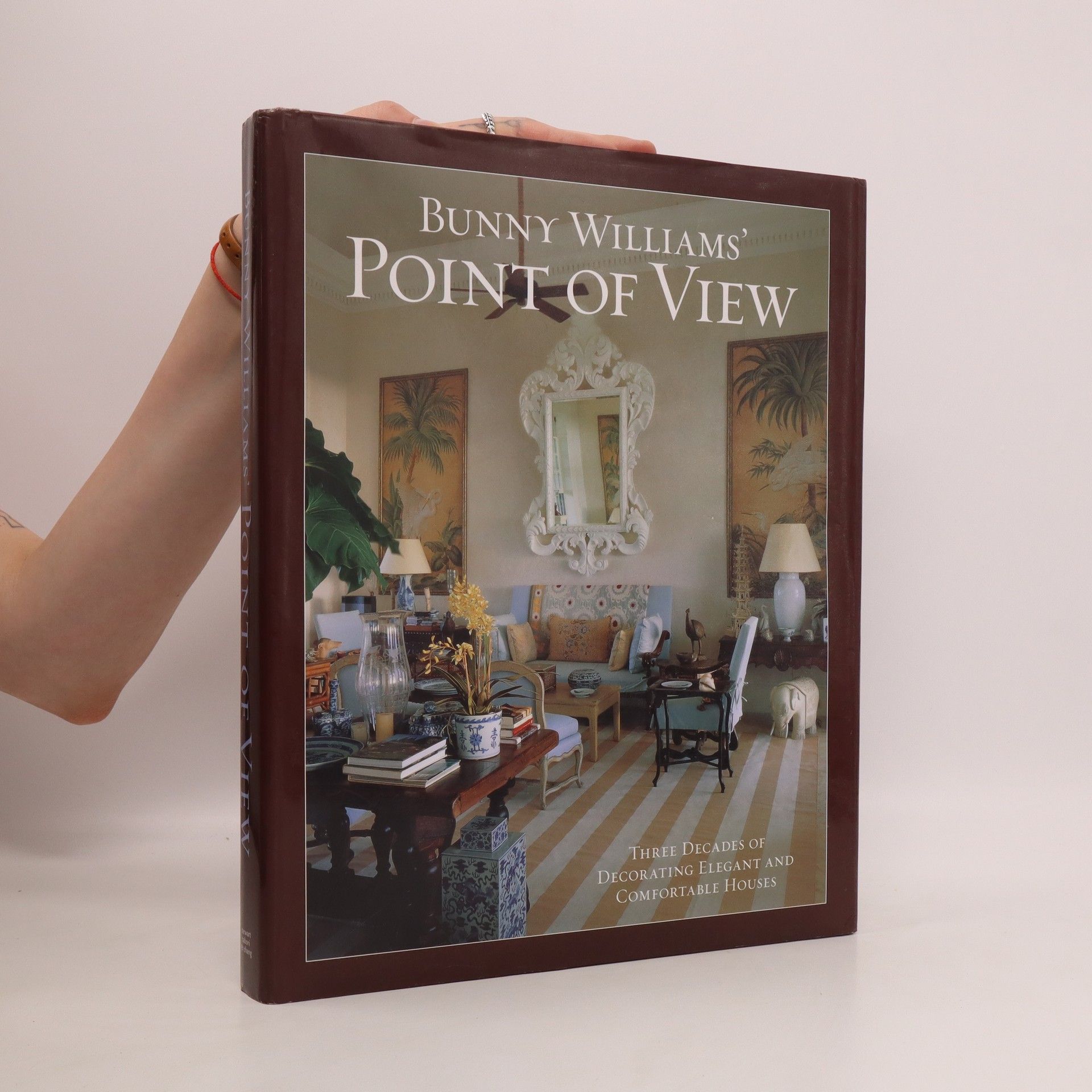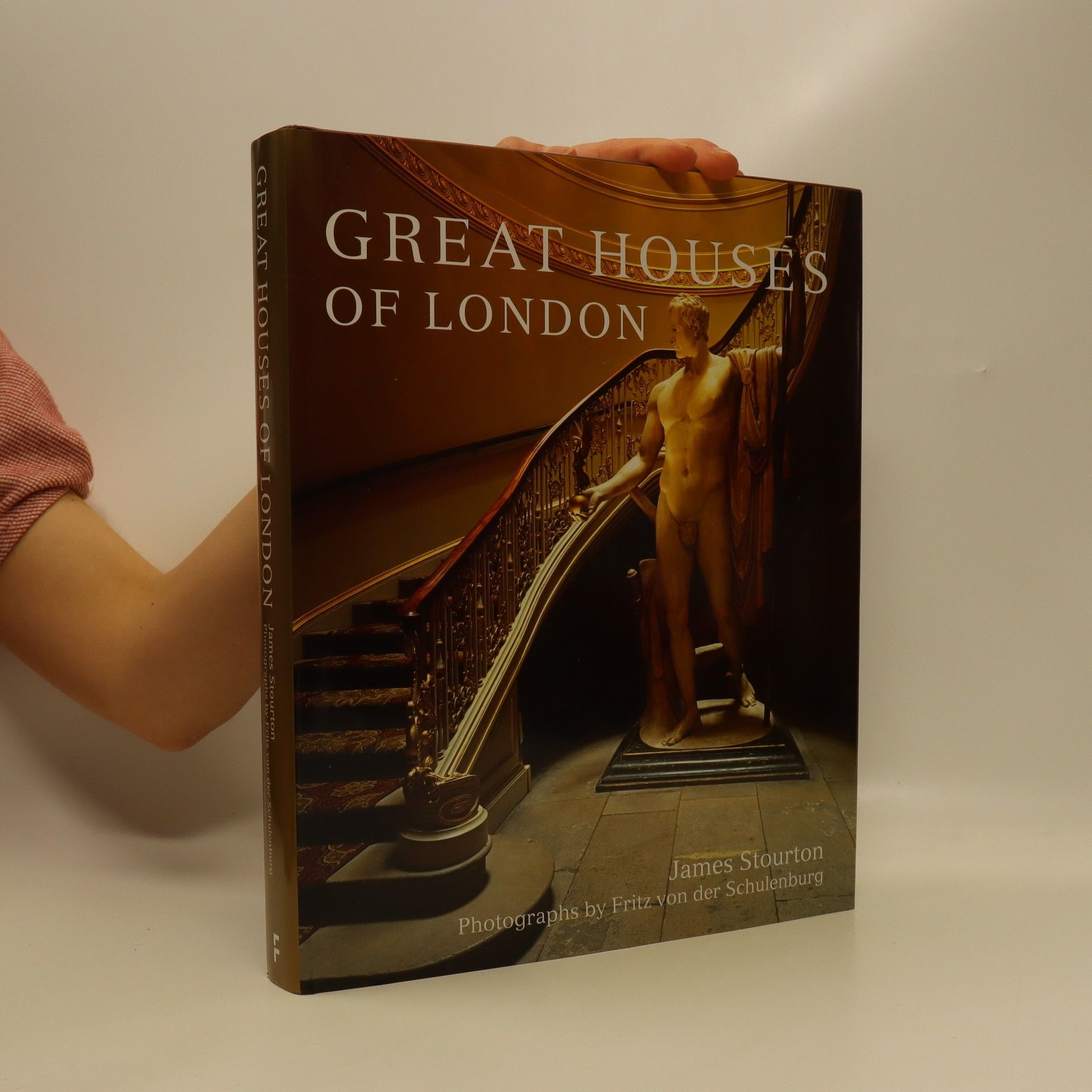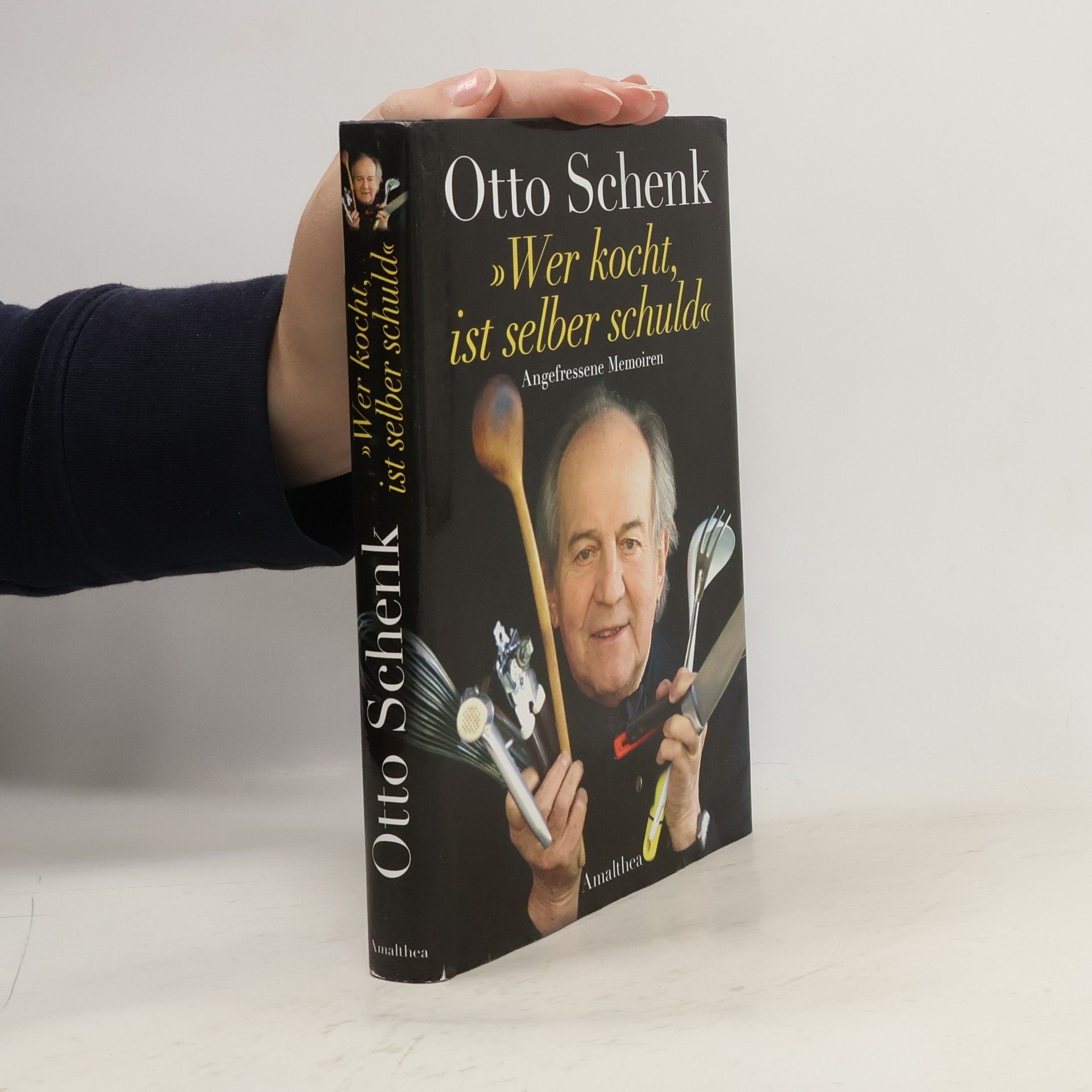Great houses of London
- 352pages
- 13 heures de lecture
"This magnificent book, the fullest account ever written on its absorbing subject, will come as a revelation, even to those who think they know London, for many of the great town mansions featured in it, a good number of which are still in private occupation, are very little known and have never been illustrated before… a major contribution to British architectural and social history." - Professor David Watkin, Professor Emeritus, Department of History of Art, University of Cambridge The great houses of London represent one of the marvels of English architecture and yet they are almost entirely unknown. They are for the most part disguised behind sober facades but their riches within are astonishing. From the romantic 17th century Ashburnham House, nestling in the shadow of Westminster Abbey, through the splendid 18th century aristocratic palaces of the West End, to the curious and quirky arts and crafts houses of Holland Park and Kensington, to the cool modernist houses of Hampstead and the exuberant post-modern interiors of the last thirty years, every house has its own story to tell.
